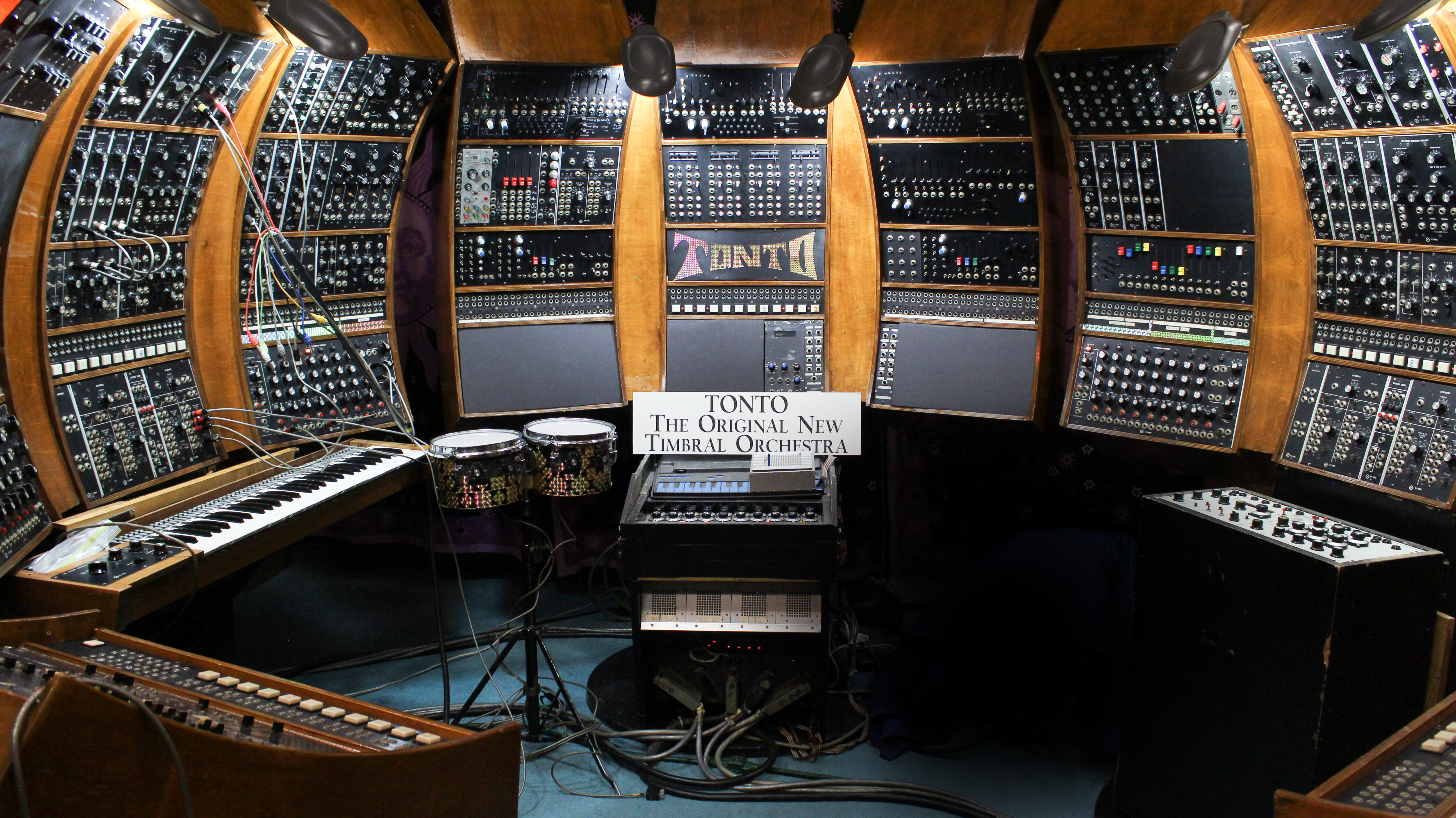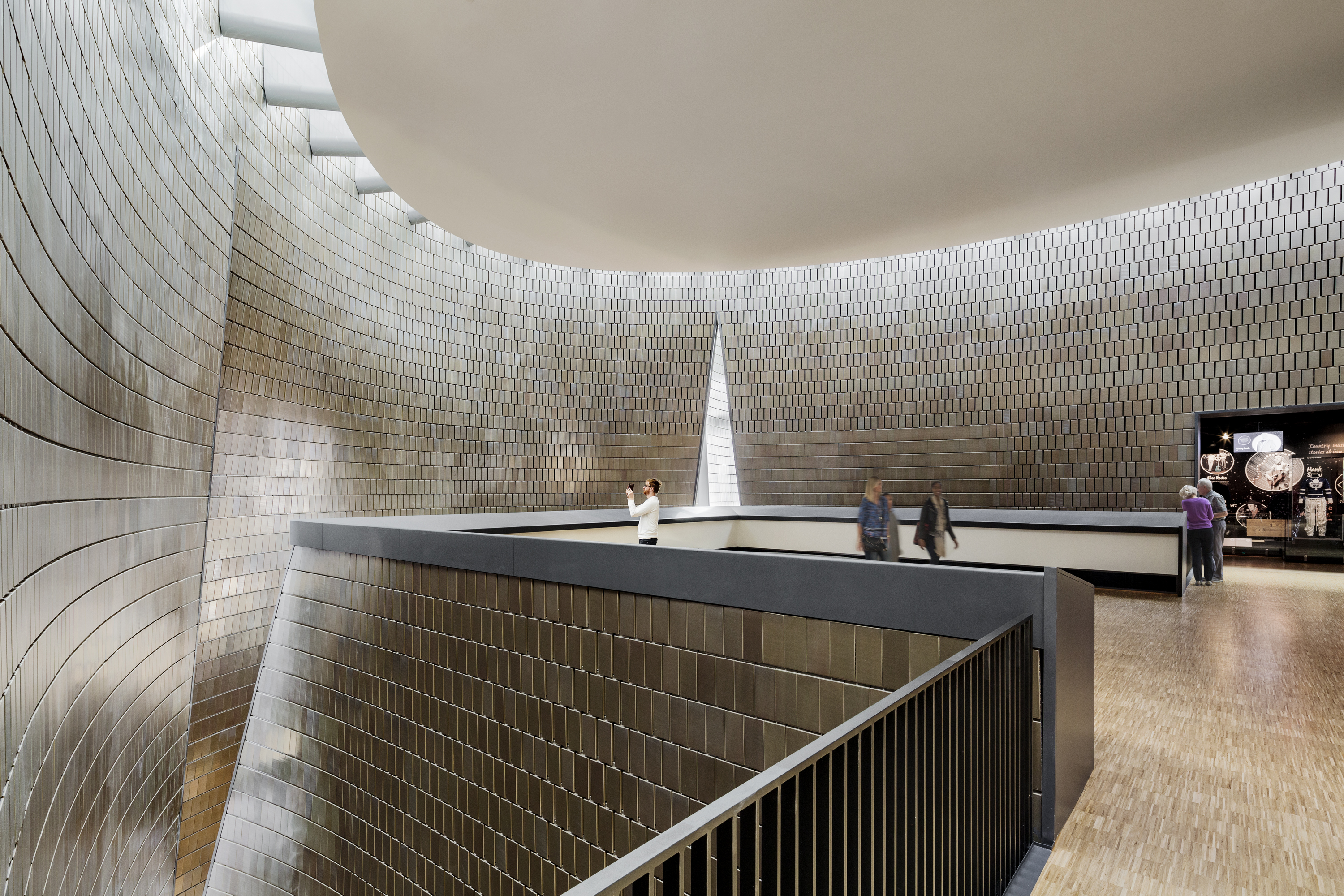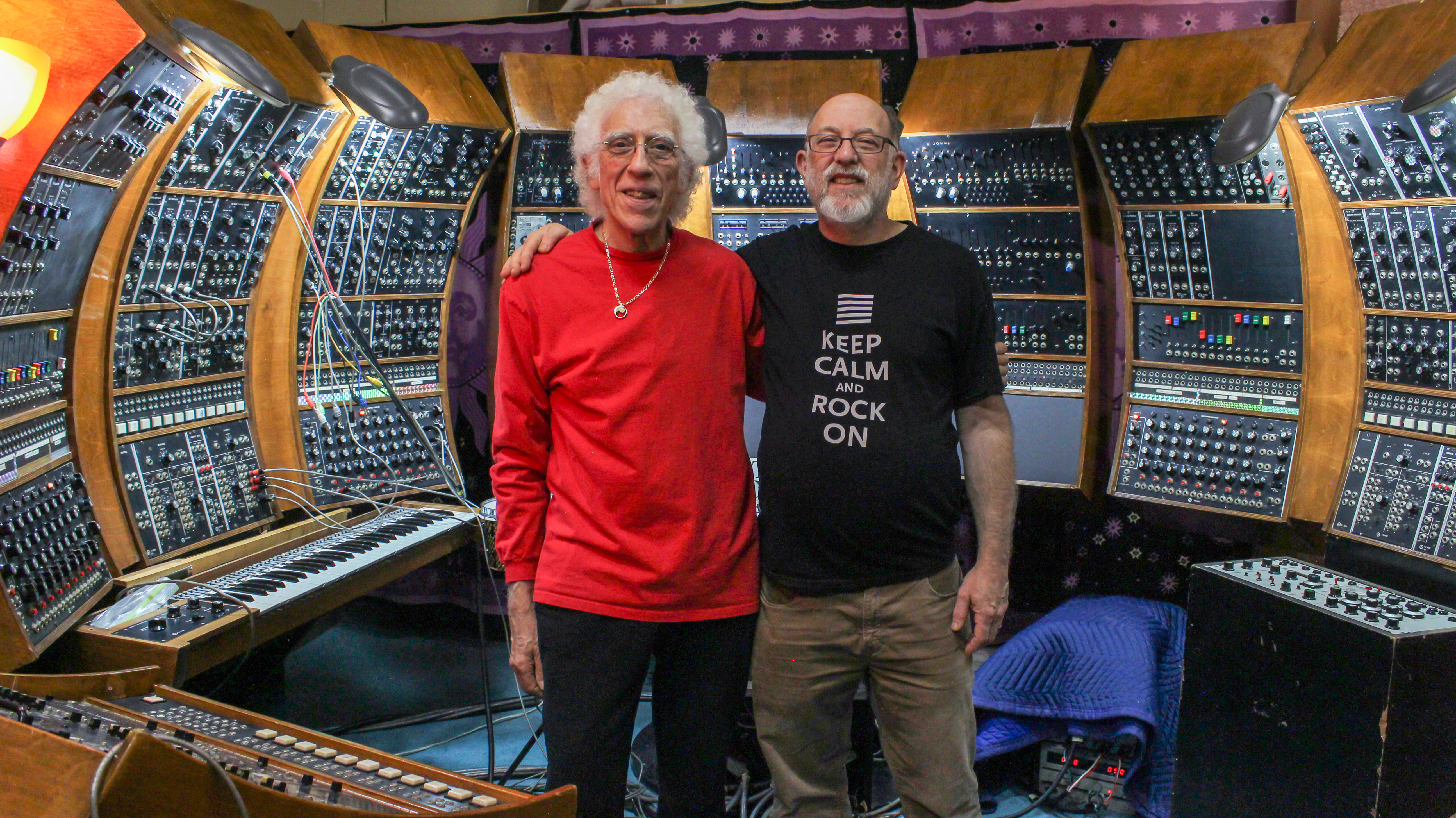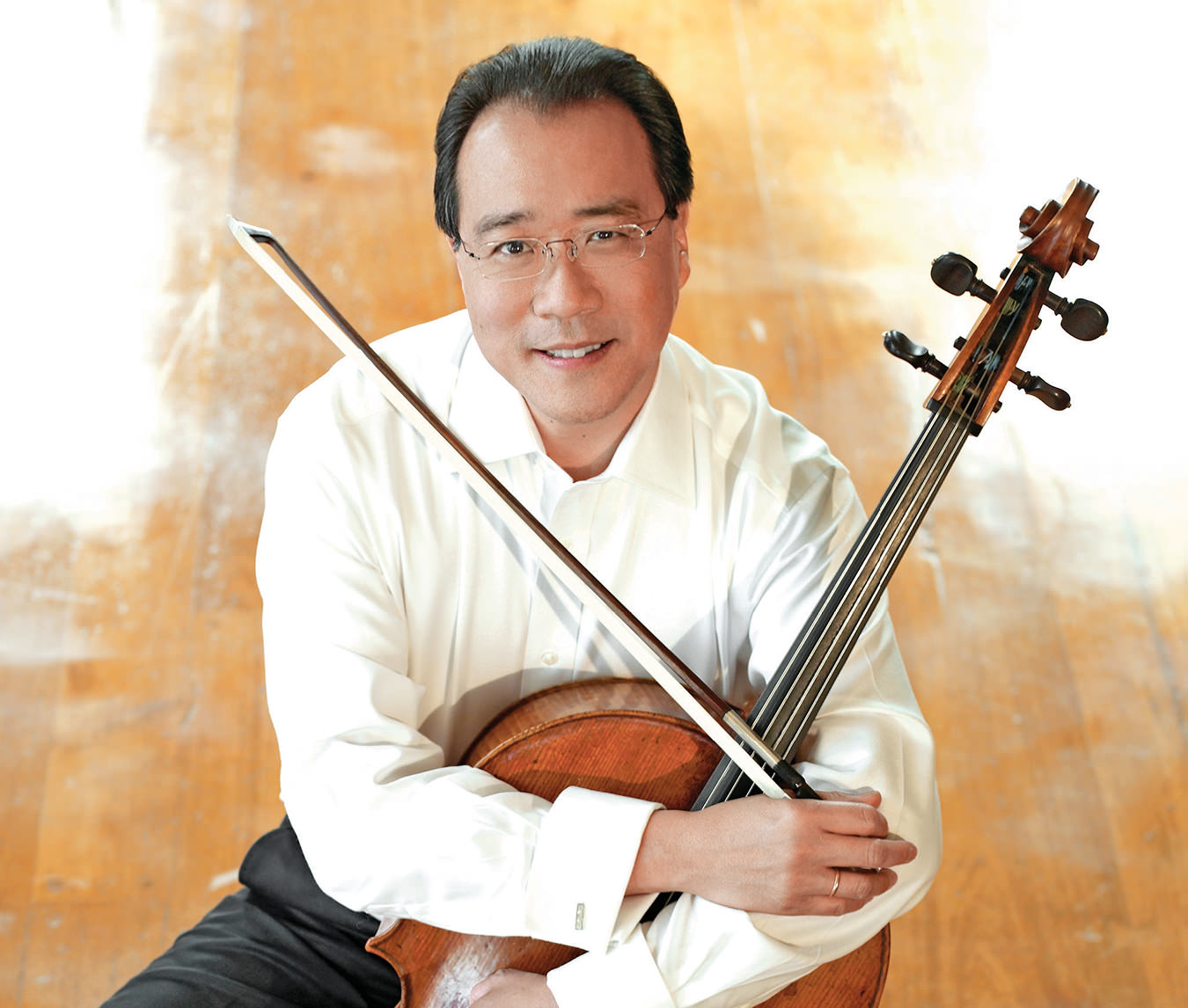-

TONTO is a massive synthesizer created by Malcolm Cecil.
Photo by Chad Schroter-Gillespie.
-

Studio Bell, home of the National Music Centre.
Photo by Jeremy Bittermann.
-

The Cloud Lounge at Studio Bell.
Photo by Jeremy Bittermann.
TONTO Week at the National Music Centre
Celebrating the holy grail of synthesizers.
Malcolm Cecil may not be a household name, but those who benefitted from his creativity certainly are. Stevie Wonder, the Doobie Brothers, Quincy Jones, and the Isley Brothers were just a few of the artists who made use of Cecil’s monster synthesizer creation, TONTO.
An acronym for the Original New Timbral Orchestra, TONTO is six-feet tall and twenty feet in diameter, making it the largest analog instrument of its kind in the world. Housed within its semi-circle of curved wooden cabinets is a complex system of electronics, including modules made by Moog, Oberheim, Roland and Yamaha. Typically, these brands did not work well in tandem, but TONTO allowed the different modules to “speak” to each other, creating richly layered sounds. Four years ago, the National Music Centre in Calgary acquired TONTO from Cecil, and from November 14 to 18 this “holy grail of synthesizers” will be in the spotlight during TONTO Week at NMC’s Studio Bell.
Sadly, the centre’s electronics technician John Leimseider, who painstakingly restored TONTO to its former glory, passed away suddenly in September. “He’d become a friend over the past three years,” says Cecil. “He’d call me up quite frequently to get information about TONTO. We’d have long discussions and chats about expanding it. I’m 81 years old now and I’d thought I’d passed on the baton to John in terms of maintaining and keeping TONTO in tip-top shape. I’m going to have to go through a lot of stuff with whoever replaces John to get them up to speed.”

Malcolm Cecil and the late John Leimseider. Photo by Chad Schroter-Gillespie.
It’s been 50 years since Cecil first began building the massive instrument with audio expert Robert Margouleff, whom he met while working at Media Sound, an advertising studio in Manhattan. Margouleff had purchased a then state-of-the-art Moog Series III modular synthesizer and Cecil knew his way around a recording console, so the pair agreed to share their knowledge. While this may have been the official first step in the creation of TONTO, British-born Cecil had a spark of the idea at least a decade earlier.
A radar technician with the Royal Air Force, Cecil was wrapping up his mandatory national service when he had an idea to make a keyboard that would play all sorts of sounds, as well as type out the music. He drew up a diagram, but didn’t get much further than that, except for one component. “On that original diagram, there was one blob that said, ‘sound generator,’” recalls Cecil. “That turned out to be TONTO.”
After Cecil and Margouleff had successfully constructed TONTO, they recorded Zero Time, an experimental electronic album that introduced the instrument to the world. The record—which was released under the duo’s moniker, Tonto’s Expanding Head Band—caught the ear of Stevie Wonder, who famously employed the instrument on some of his most celebrated albums, including Music of My Mind and Talking Book. The pair worked as associate producers and engineers on five of Wonder’s albums, even winning an engineering Grammy for 1973’s Innervisions.
Unfortunately, due to issues over compensation—or lack thereof—Cecil, Margouleff, and Wonder parted ways. Two years after receiving Grammy awards for their groundbreaking work on Innervisions, Cecil bought Margouleff’s share of TONTO. “TONTO made a lot of money for Stevie,” says Cecil. “It made a lot of money for the Isleys and other people who used it. It didn’t make a lot of money for me, but it wasn’t intended to. Every penny that was made on it, went right back into it.” The financial pressure of keeping TONTO running properly, in addition to his weakening eyesight led to Cecil’s decision to find another home for it.
“I didn’t want it to be behind some glass case where you couldn’t get at it. It wasn’t designed to be looked at. It was designed to be played.”
For seven years, he searched for an organization that would give TONTO the care and attention it needed and deserved. The Smithsonian Institution, Yale University, and New York’s Bard College were all interested in purchasing the apparatus from Cecil, but none of them could meet his five requirements, the first of which was they had to have someone who would maintain the continue the expansion of TONTO.
“The second requirement was that it had to be available to artists in residences for them to use live on stage and also the third requirement is that they would have to be able to record on it,” he explains. “I also thought it should be available for educational purposes.” He was also adamant that TONTO should be a working exhibit, accessible to the public while under supervision. “I didn’t want it to be behind some glass case where you couldn’t get at it. It wasn’t designed to be looked at. It was designed to be played.” Finally, Cecil found a proper home for his beloved creation in the NMC.
NMC’s TONTO Week, includes a TONTO demonstration by Cecil, a screening of Brian De Palma’s TONTO-starring cult film, Phantom of Paradise, as well as a talk and performance by A Tribe Called Red, who are the National Music Centre’s first artists-in-residence to use TONTO.
For more information, go to nmc.ca.
_________
Never miss a story. Sign up for NUVO’s weekly newsletter, here.








